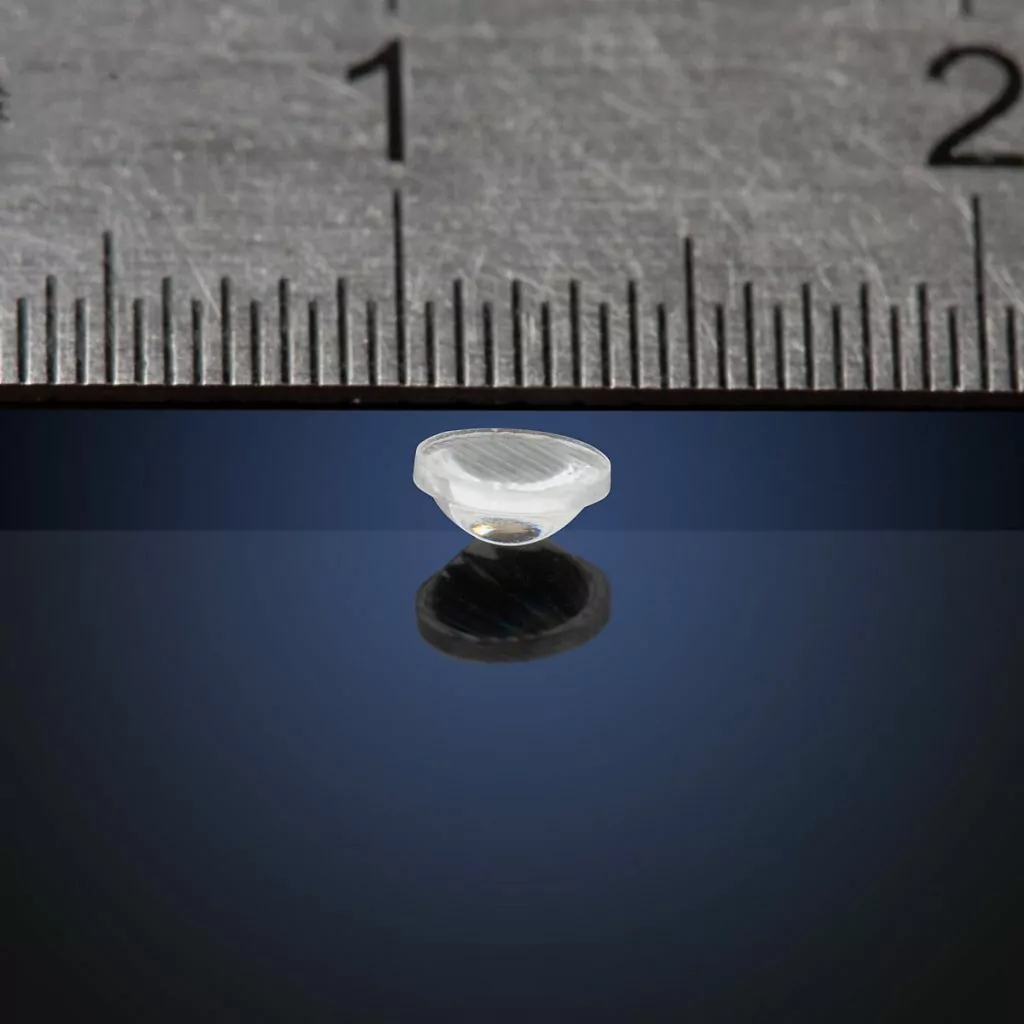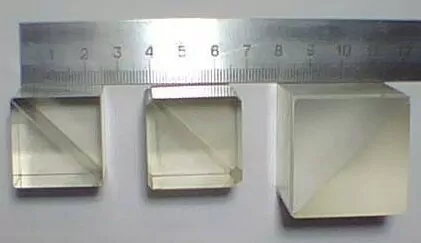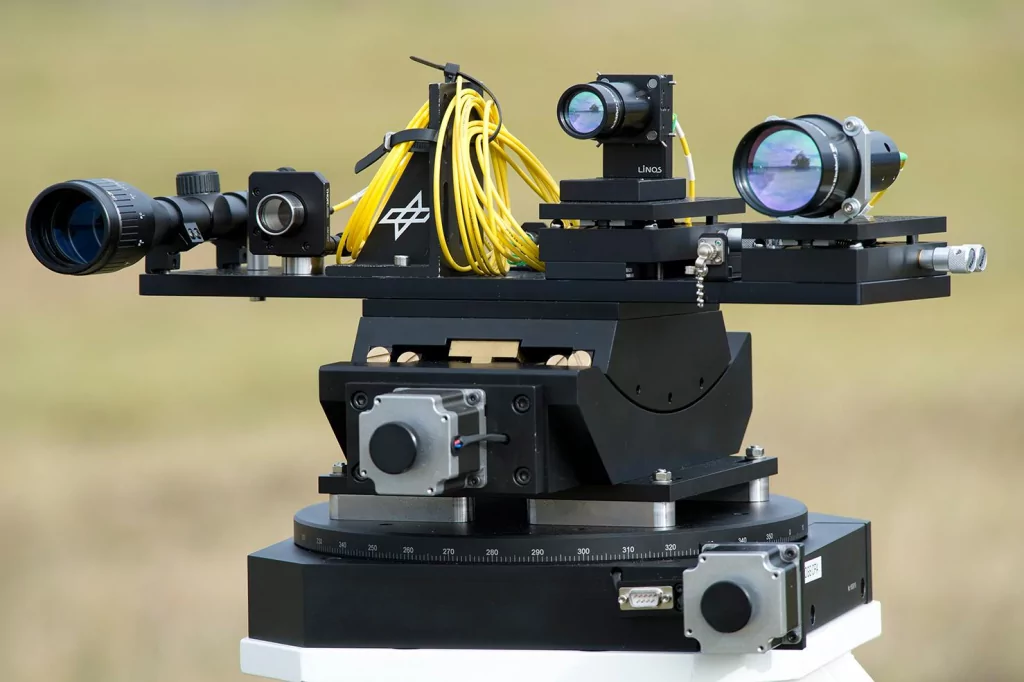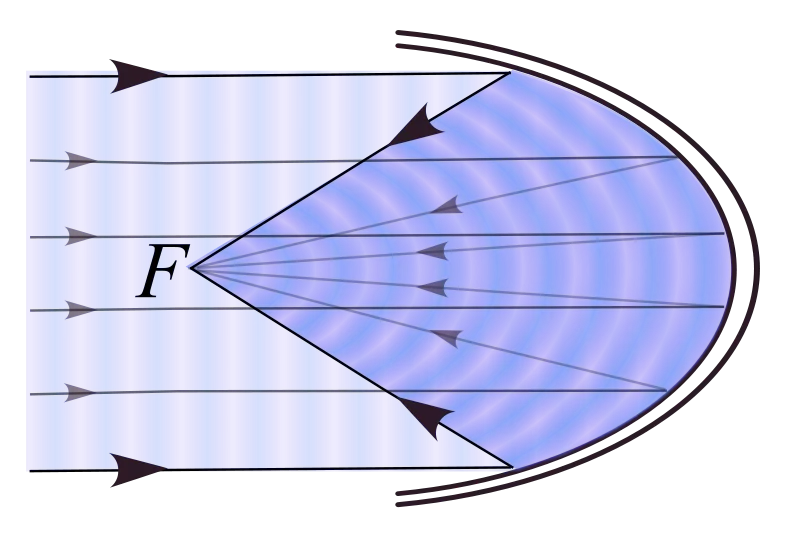Design considerations for microlenses and lensarrays

As optical systems are reduced in size, we encounter new engineering challenges when analyzing and designing lenses. These are issues that we usually don’t see when working with larger elements. This article will review some of the challenges when designing microlenses. A small lens is roughly defined as a lens with a diameter lower than […]
Beam Splitters: Explained

Beam splitters are a fundamental element in optical systems. Beam splitters are, in essence, optical components used to divide a single light source (usually a laser) into two separate beams. The more common kind of beam splitters (the kind that you can find in most colleges or labs) is a beam splitter that can split […]
Rigid Endoscope Design

Endoscopes are medical devices designed to collect the smallest images from inside the human body. Endoscopes can be divided into two categories: rigid endoscopes, in which relay lenses are stacked together generally creating a high-quality image, and flexible ones-devices of lower cost where a camera is inserted near the tip of the endoscope while the […]
Ultimate Guide to Designing Lens Attachments for Smartphones: Custom Macro Lens, Wide Angle and Telephoto Lens Solutions

As discussed in this post, the design of lens attachments for cell phone cameras presents particular challenges to optical and optomechanical engineers. One common market goal is to decrease the minimum focus distance of a smartphone. In this post, we will discuss key considerations. Most lens attachments are afocal which means that parallel light rays […]
Understanding Free Space Optical Communication Design

A previous post discussed underwater optical design. This week, we will review the diametrical opposite application – free-space optical communication (FSO). As with underwater optical design, one of the challenges facing FSO is the optical signal propagation through a highly variable medium. For example, atmospheric turbulence produces temporary pockets of air with slightly different indices […]
Parabolic Mirror Design

Parabolic mirrors are optical systems that are used to collect or distribute energy. They have a wide range of applications from solar collectors for water heating systems to microscopes and telescopes, and everyday flashlights. The most common way to understand parabolic mirrors is that a bundle of light beams parallel to the optical axis will […]